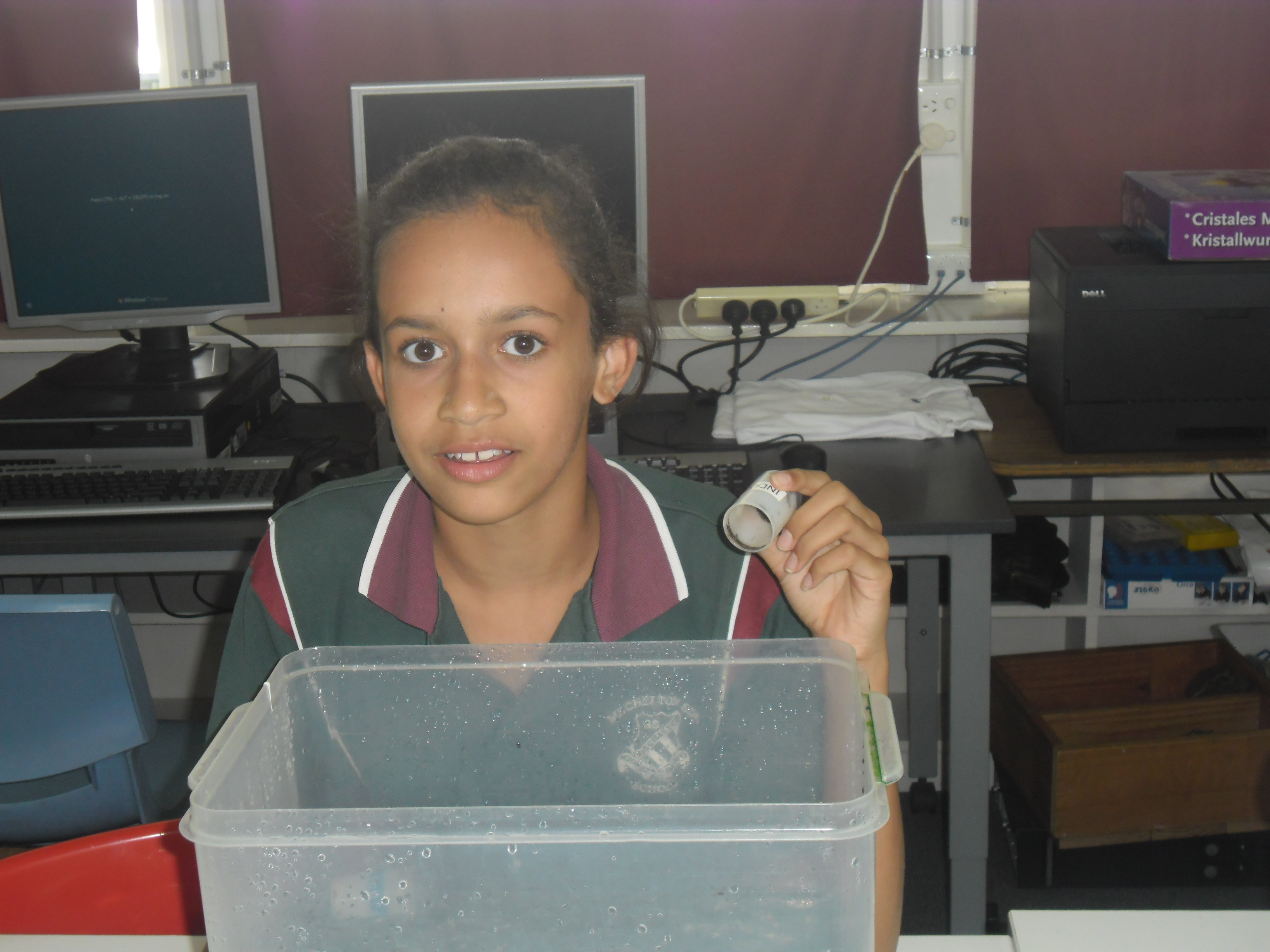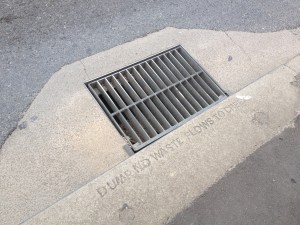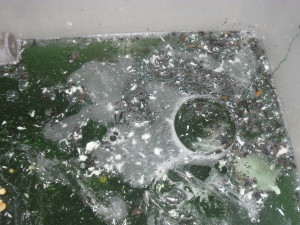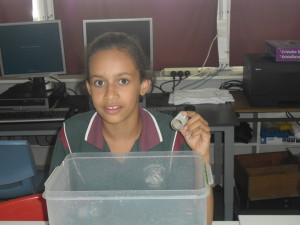The Story of a River

Every now and then you do a lesson that sticks. ‘The Story of a River’ is a simple interactive demonstration lesson, yet it provides a provocative view on environmentalism and sustainable practices. The original version “Who Polluted the Potomac” from the Alice Ferguson Foundation, USA, has been adapted numerous times. In the original, the story begins with American Indians who, for thousands of years, lived sustainably alongside the Potomac. Everything changes with colonisation. Jump ahead a few years and Washington DC appears. The students are asked to pretend to be novelties of civilisation – such as farmers, gardeners, car washers, boat enthusiasts or industrialists and dump waste into the Potomac as it flows by. The tragedy of “Who Polluted the Potomac” is that it is not just a local story; it is translatable across our globe.
Our adaptation was provided by Bunyaville Environmental Centre and tells the story of our local South Pine River. Our river begins its trek in the mountains of Mt Nebo and flows around farms, urban areas and through the great city of Brisbane before entering Moreton Bay. I added my own adaptation, finishing the story in the Great Pacific Garbage Patch.
The students had their rubbish in small film canisters and took turns dumping their allocated waste into our river (a tub with water) as I read our river’s story. At first they thought it was a bit funny, children joined in on the treacherous chant “down the storm-water drain and straight into the South Pine River”.
Photo: Kelly Burnes
As we progressed the mood became more serious. Comments of “that’s disgusting”, “not more”, “why do people do this” filled our room. As ‘our’ South Pine River entered Moreton Bay, it had been contaminated with plastics, ‘manure’, grass clippings and mysterious chemicals. Everyone played a part, reflecting the cumulative nature of water pollution. It was a mess. Then we followed our river and its mess through the ocean currents, to the Great Pacific Garbage Patch. The students were silently aghast.
‘Our River’ on its way to the Bay.
The students reflected upon their learning in their science journals. One of my students, Rowena, aged 11, had this to say:
Today in science each student in the class got to get two chemicals and put them into our example of the river. While we were polluting our river we realised that what we do impacts on other living creatures. This really made me think of what people do. At the end of our polluting journey I had a great look at what it does to our marine life. I love sea creatures and to see what our pollution does to them makes me think of ways to show my initiative. It is really cruel to let your own disposals get into other creatures homes. I think that this lesson really helped us understand more about natural wildlife and what we do to it. I learnt that pollution is very dangerous and very harmful to our environment. It’s not just sea creatures that are getting tangled or choked by plastic, it’s birds, too. People don’t really know what they are doing. So we should take a stand and stop pollution.
Rowena dumping her ‘waste’ into ‘our river’
Despite how many times the lesson of “Who Polluted the Potomac” or its adaptations have been delivered in classrooms across the globe, The Great Pacific Garbage Patch is not diminishing in size. This floating refuse has proven to be catastrophic to our sea life, and has affected even the very basis of marine ecosystems. Maybe we should have learnt the lesson earlier. Maybe everybody everywhere should take the lesson too. We need this lesson to stick. Besides being an environmental nightmare, The Great Pacific Garbage Patch is an embarrassment to civilisation.
I don’t know how we as global citizens can alleviate the problem of people dumping wastes into our waterways. I don’t know how we are to fix our existing problem of floating plastics in our oceans. Maybe Rowena doesn’t know yet either, but with knowledge and time, one day she just may. Education though, plays a key role. As a follow on from this lesson, the children will be undertaking a field study in our local creek and make recommendations on how to save our waterways. It will be interesting to see what they come up with.
Spencer D (2013-03-07 00:02:21). The Story of a River. Australian Science. Retrieved: Jun 01, 2025, from https://ozscience.com/news/the-story-of-a-river/
 Follow
Follow


I loved this. I didn’t know this story but I knew its theme. I have seen the changes to our waterways over my short lifetime. The impact of the dumping of industrial wastes into the Brisbane river in the 1950s and the long fight to generate practices which are kind and safe for our planet. There are so many little things that we all can do to reduce our impact. Our children missed out on seeing what the Brisbane river and its tributaries used to look like in the 1960s and 1970s. They were actually teeming with life, the colours, the smells, they were places that were fun and safe to play as children. I was shocked when in the 1980s I saw it all change and didn’t really understand why at the time. I have learnt what made it happen and I personally try to reduce my personal contribution. Thank you for teaching our children such a wonderful thing.
More teachers like you, please, Danielle!